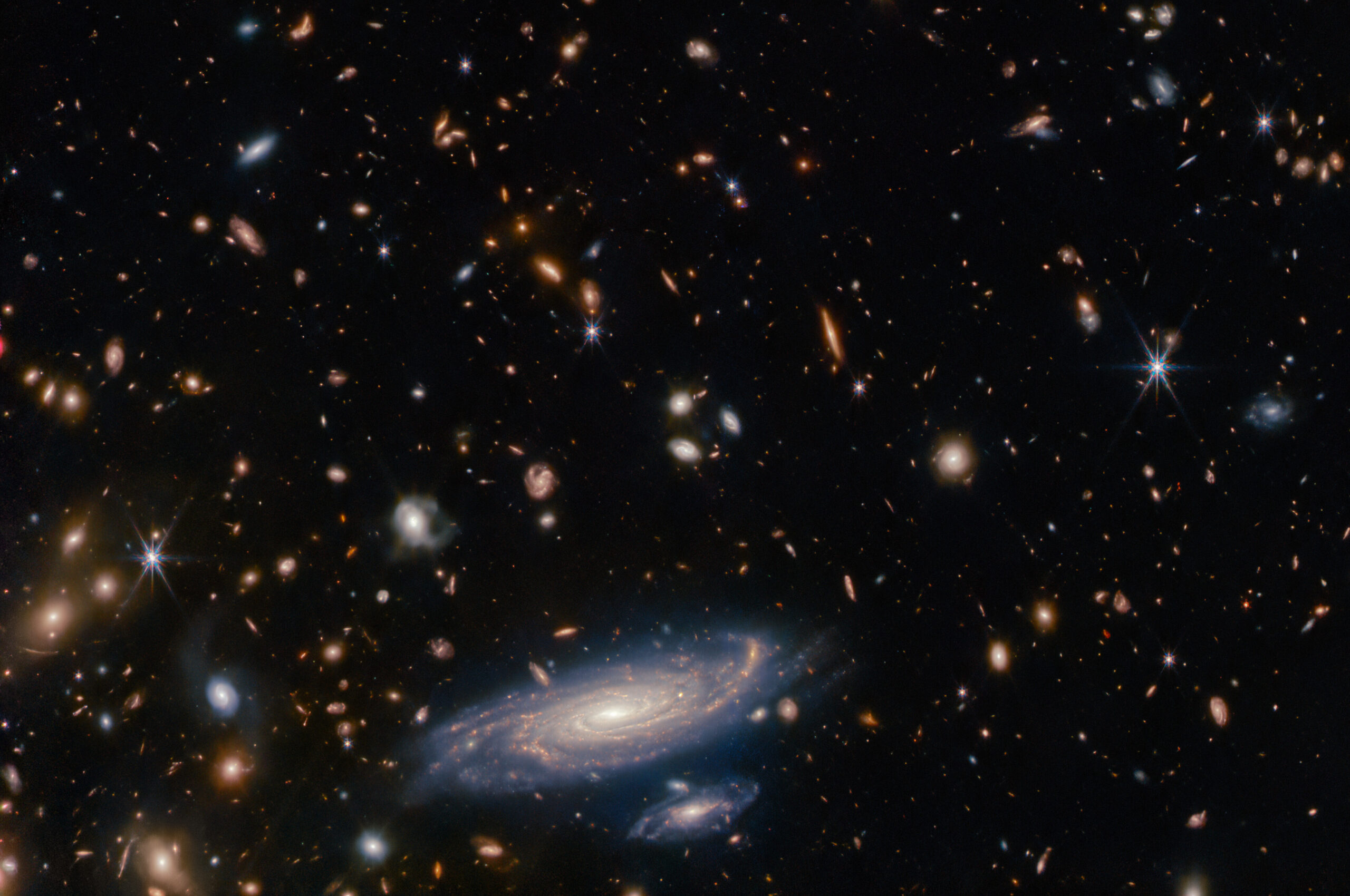What have White Dwarfs, Neutron Stars, and Black Holes in common? – Accretion disks! For a Swiss who has stirred cheese in multiple occasions and settings, a direct comparison to fork-induced cheese swirls seems obvious. As Alexandra Veledina from University of Turku in Finland points out, the spinning matter of the two might look similar but the physics involved are fundamentally different. Veledina was one of the lead conveners of the ISSI Workshop on Accretion Disks bringing together more than thirty international experts to discuss and sharpen our understanding about them that we developed over the past fifty years.
ISSI is currently witnessing a vibrant exchange of ideas as experts from across the globe are convening for the inaugural day of the “Chronology of the Very Early Universe According to JWST: The First Billion Years” workshop.
The dynamic connections between space weather and weather in Earth’s lower atmosphere was the target of last week’s ISSI workshop. This gathering, between leading experts in space, Earth observation and atmospheric science, delved into the intricate physical interplay shaping our planet’s weather and climate.
This workshop will focus on the economics and governance of commercialisation in outer space. It will look at the applicability of economic concepts, the concepts of international economic law, and the concepts of economic governance to space-based commerce.
The observation by NASA’s Parker Solar Probe mission of very strong magnetic field fluctuations in the inner heliosphere, leading to strong deflections locally reversing the direction of the field itself, called switchbacks, has attracted considerable attention from the heliophysics and space physics communities.
